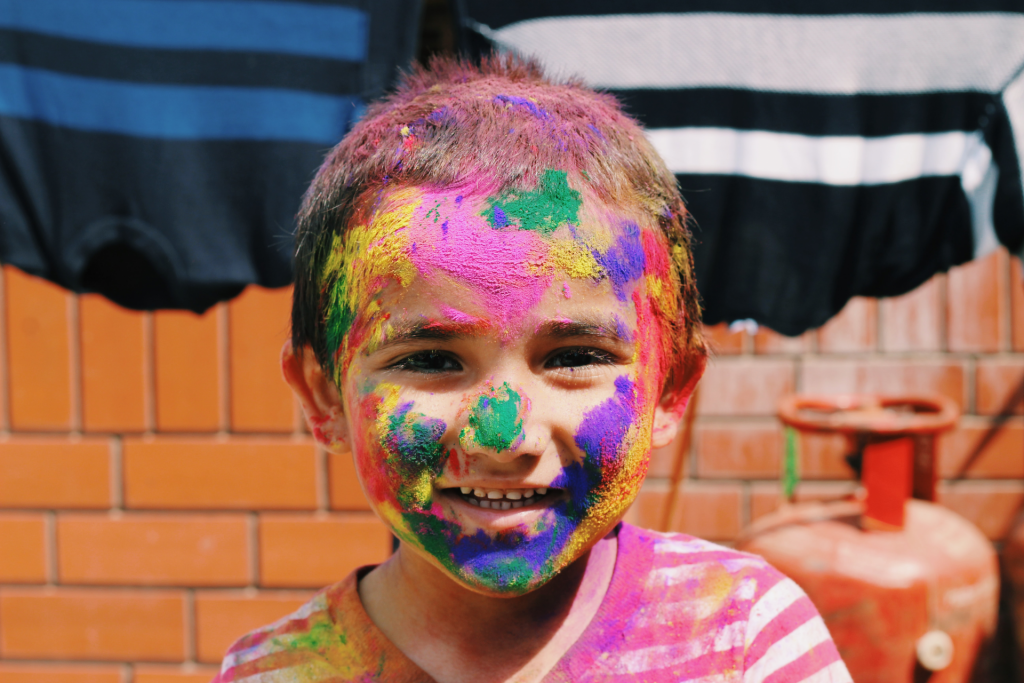

The above title is inspired by the famous line from the end of the ”Moromeţii”: “time was running out of patience”. I believe, however, that (the) time is generated by our own minds, our patience and, most of all, our impatience. Look how an ultra-tiny creature has turned the planet upside down, helping us to sort out the messes left for future resolution within a process called “procrastination” (or “amânare” – in the sweet Romanian language).
Indeed, it is easier to invent drawers to hide all kinds of fears, like some old socks that we cannot bear to throw away than to contemplate ourselves in conscious silence (almost impossible to attain).
NO, we will not become another school in the image and likeness of those sanctioned by the systems currently trying to get accustomed to what is new in education. We are something else, and the systems will adapt to us, instead of us adapting to them.
I am not talking only about CEREHARD. There are dozens, if not hundreds, of similar undertakings in the world, developed by parents who know they can make a significant contribution to the lives of their children and their communities. As an institution, the school is useful, necessary, and admirable, but only if it adapts to the needs of those it guides.
In the UK, it is not schooling that is compulsory, but education. I am going to repeat it until someone will address this issue in the Romanian legislation:
The Constitution gives us the right to educate our children according to our own convictions. On the other hand, the law of education requires us to take them to school, even when school is not necessarily a learning environment.
The Law of Education needs to be changed. For the time being, it violates both the Constitution and the Human Rights Act. There are excellent schools with great teachers out there, but the sad reality is that they are far fewer than those carrying flaws from the times of Eminescu and Caragiale.
Until the quality of the educational process in schools is improved, parents are willing and able to take care of the education of children, their own children and those within the community they belong to. Since these communities include all types of families, equality of chances is promoted as well.
Children learn much faster and easier from available adults who support them in a trial-and-error journey than from a sordid environment where they are punished for their mistakes (which sometimes are not even mistakes).
That is to say, the SIIIR. The Romanian state has some laws that must be respected, right? Otherwise, we are punished, and police or child protection services come to our doors, or so we think.
Well, those laws have gaps. They need to be supplemented or changed, and this can only happen if we draw attention to their flaws. We do this ALSO through the means required by HG 22/2007 that says that the schools using another curriculum must submit a file to Aracip for them to be included in SIIIR.
We are a school of thought, not an institution. We are a “school in the cloud”, without walls, benches and blackboards, and we ask to be seen in these terms, not in those imposed by a Romanian education law that is unconstitutional. We are currently compiling the file for Aracip, and we have the support of the UK Embassy and the British Council for that.
Together, we and the time learn how to be patient. Slow down. Let it be. Find your inner rhythm, both you and your children. When one’s heart is in one’s mouth, or one desperately tries not to make mistakes, learning does not happen.
When I set out on this journey, I knew neither its meanders nor its pitfalls. I had (and still have) only one goal in my head – the right to learn in my and my children’s own terms and to choose the right resources for them. We are not free-riders that use everyone’s resources. We pay half of our income in taxes to the state. That is just one of the reasons why the state must respect our rights.
We found out that the term ”homeschooling” reflects only a small part of what we do. Homeschooling is the school’s clone transferred at home, with subjects, tests, classes and everything else.
That is why we became EOTAS, a growing movement starting in the UK as an alternative for the children who do not progress in school.
This movement has become increasingly complex, mostly because its initial objective, the return to school, has evolved into another one – providing each child with an environment conducive to his development and offering support on the child’s own terms.
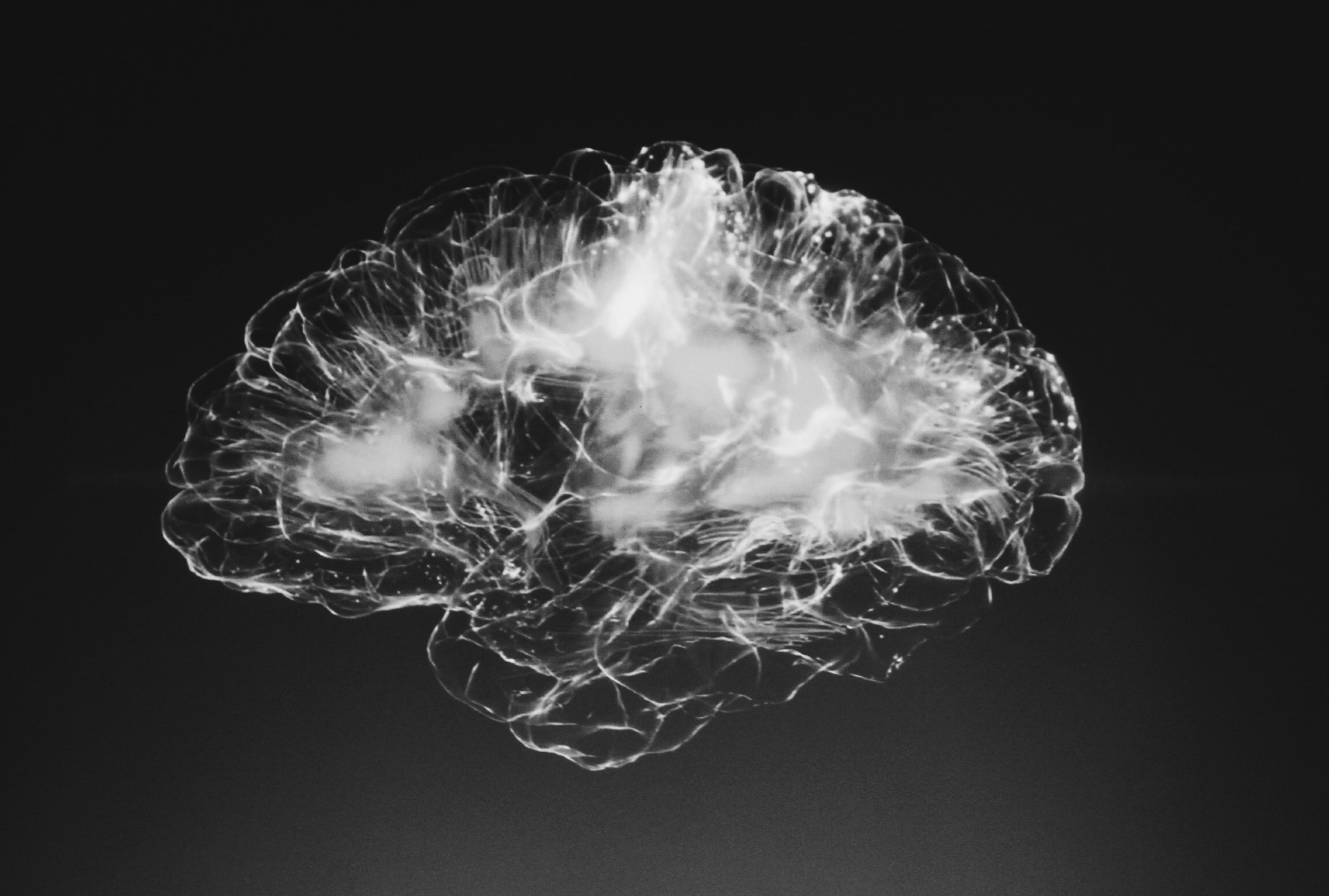
Myths are part of many people’s lives, and it is hard to give them up, even if science takes significant steps in demolishing them.
The three videos below present the episode of “Știință și Cunoaștere” (Science and Knowledge) show, on TVR Cluj, where I talked with Cristian Mureșanu about the myths of neurobiology, the use of the brain, the left brain/right brain myth, the influence of computer video games, the myth of genetic determinism, the myth of the first three years, the importance of diet, the role of exercise, and much more.
I invite you to watch them, and I hope they will help you dismantle your own myths.
Part 1:
Part 2:
Part 3:
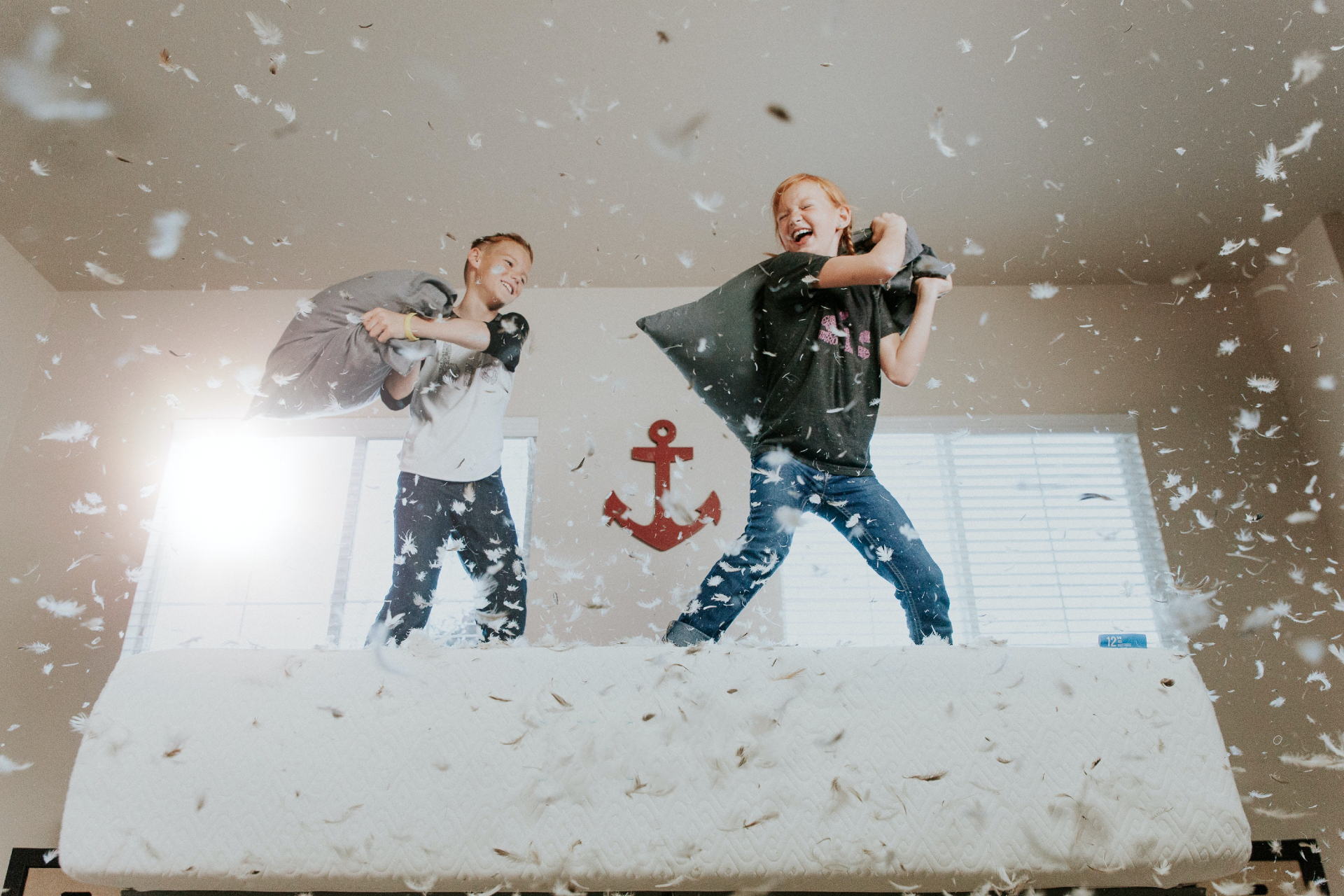
Like “holism”, the Romanian word “evaluare” (evaluation) stirs all kinds of emotions and interpretations. As survivors of all sorts of experiments and victims – vocal or silent – of various abuses, we startle when we hear words that, in different circumstances, made the difference between “admitted” and “rejected”, between “now” and “never”. Young parents who have not “caught” the “golden” times carry themselves the feelings described by their parents, from a time when militia or any other “organ” came to people’s door asking how they dare to exist in different terms than those sanctioned by the party.
The biggest fear of many parents who want to move out of the Romanian education system is that “the child protection services will come at their door” or that the police will “take their children”. It is not the first time and I am not the first person to point out that the “law of education”, as presently formulated, violates both the Constitution and the Human Rights Act by imposing the presence of children in an institution called “school”, regardless of the performance of that institution.
The authors of the law of education confuse the concept of school with the one of education, most likely drawing on the sweet custom of the Mioritic land where any correlation becomes causality. For them, the coincidence between education and school is a postulate, and there is no question of proving it. However, education is both a right and an obligation. The school is the institution that should deal with education. If she does not fulfil her duty to educate, then she cannot be declared compulsory.

Let’s go back to “evaluare” (evaluation)… The original word is assessment.
It means “the process of gathering and discussing information from multiple and diverse sources in order to develop a deep understanding of what students know, understand, and can do with their knowledge as a result of their educational experiences; the process culminates when assessment results are used to improve subsequent learning”.
The assessments do not serve for “admission” of a child to Cerehard. They do not measure the child’s “level” and do not raise the child on a podium or lower him or her from it. There are “diagnoses” or findings of what you do with your children. The formal ones result in detailed evaluation reports of several pages.
In the past years, 2017-2018 and 2018-2019, when we had gathered only a few dozen families, the evaluations took place in person in several centres in Bucharest, Brasov and Cluj. The parents brought folders containing various materials – drawings, exercises, handicrafts, etc., everything they considered useful in showing us how the educational process had gone and what the children’s passions were. Some children gave entire recitals, others presented self-edited films about their daily activities.
Starting with the 2019-2020 year, Filbrit UK has suggested using Google Drive services for children to upload their work and not carry bookshelves with “evidence” anymore. For the year 2020-2021, Cereahard received G Suite for Education and functions as a school in the cloud, with its entire archive in Drive and folders for each child. It is a work in progress, and registrations are not closed yet – this is why we postponed the evaluations at the beginning of the school year.
There is no “know-how” and no “user manual”. The few people who started this project, with the help of Mark Evans, the director of the UK-based accreditation agency Penta International, went through countless trials and errors in order to sketch a few ways of working. It is not “ready” and will not be too soon, because each child is a case study, and we want to find the best way for each. None of the educational alternatives that have emerged over time has been built on existing models.
We do not collect unnecessary credentials and logos. We have the support and accreditation of one of the most proficient agencies – Penta International inspects more international schools than all the other UK agencies put together – whose people are willing to help us formulate what we want as clearly as possible. In this context, assessments are the equivalent of “taking your pulse” – only when you want it or consider it necessary.
Significant changes in education are expected on a global scale.
Take your nose out of the standards – they will no longer be valid. We are looking for creative, spontaneous, educated people, with logic and imagination, not for the ones “trained” for standards.
Many of the Cerehard alumni will become entrepreneurs before entering universities whose diplomas first must prove useful.
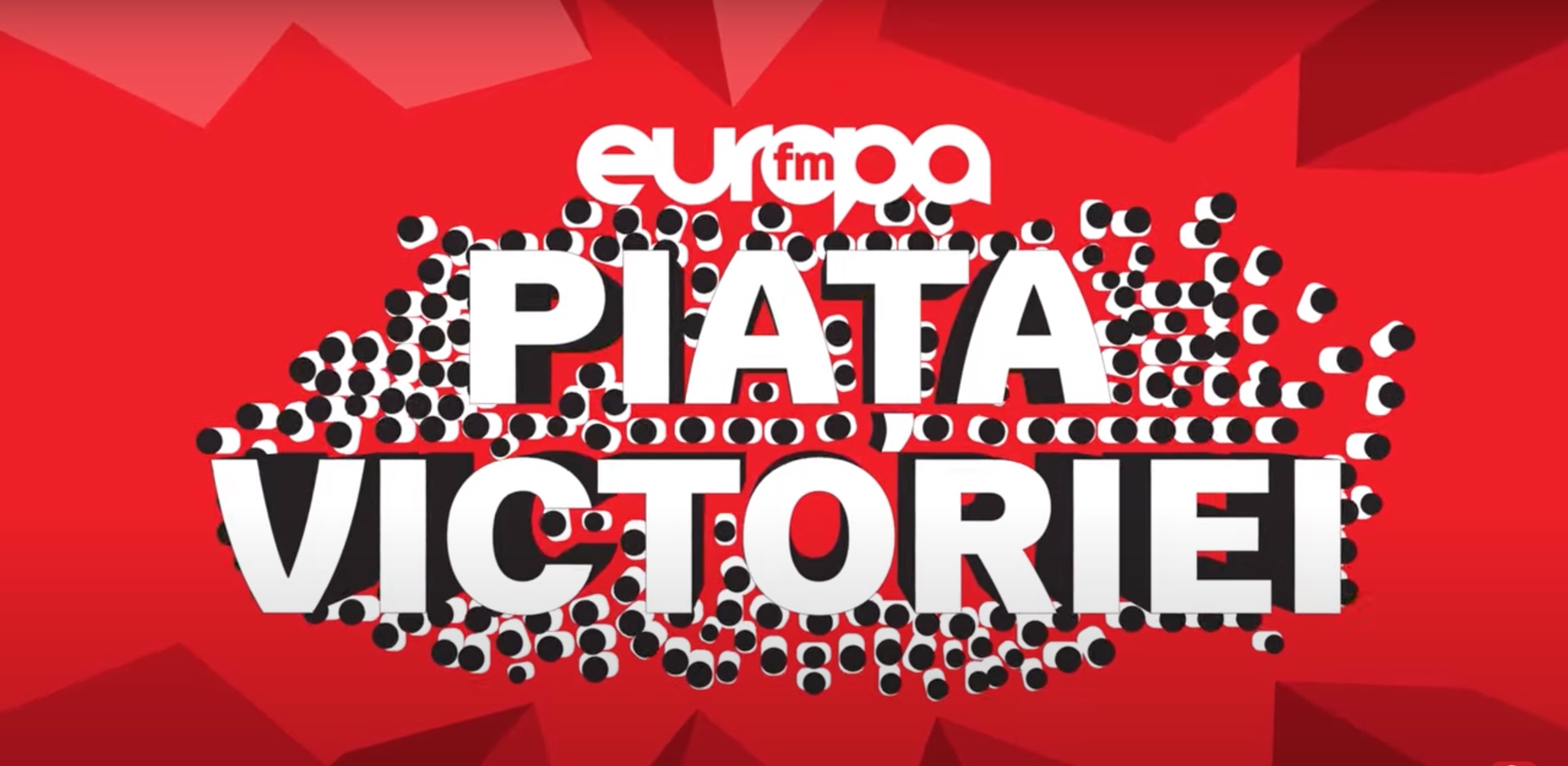
Is homeschooling a real alternative to classical school education in Romania?
What homeschooling is, and how is it regulated in Romania?
The vacation is over, and the summer is over, and so is the first week of school. As expected, this week, the main topics of discussion were the education during the pandemic and the problems faced by students, parents and teachers. Just days after the schools opened, more and more schools have switched to the red script, with online classes. At the same time, online schooling remains an eternal challenge for education in Romania.
On the “Piața Victoriei” (Victoriei Square) show, Mona Nicolici discussed these topics with Adriana Brăescu – a biologist specialised in neurobiology, the creator of the Re-Design project and the CEREHARD school, which promotes homeschooling and alternatives to classical education. Daniela Vișoianu, an expert in education and adviser to the Minister of Education, joined the discussion.
Watch the entire show below, in Romanian.
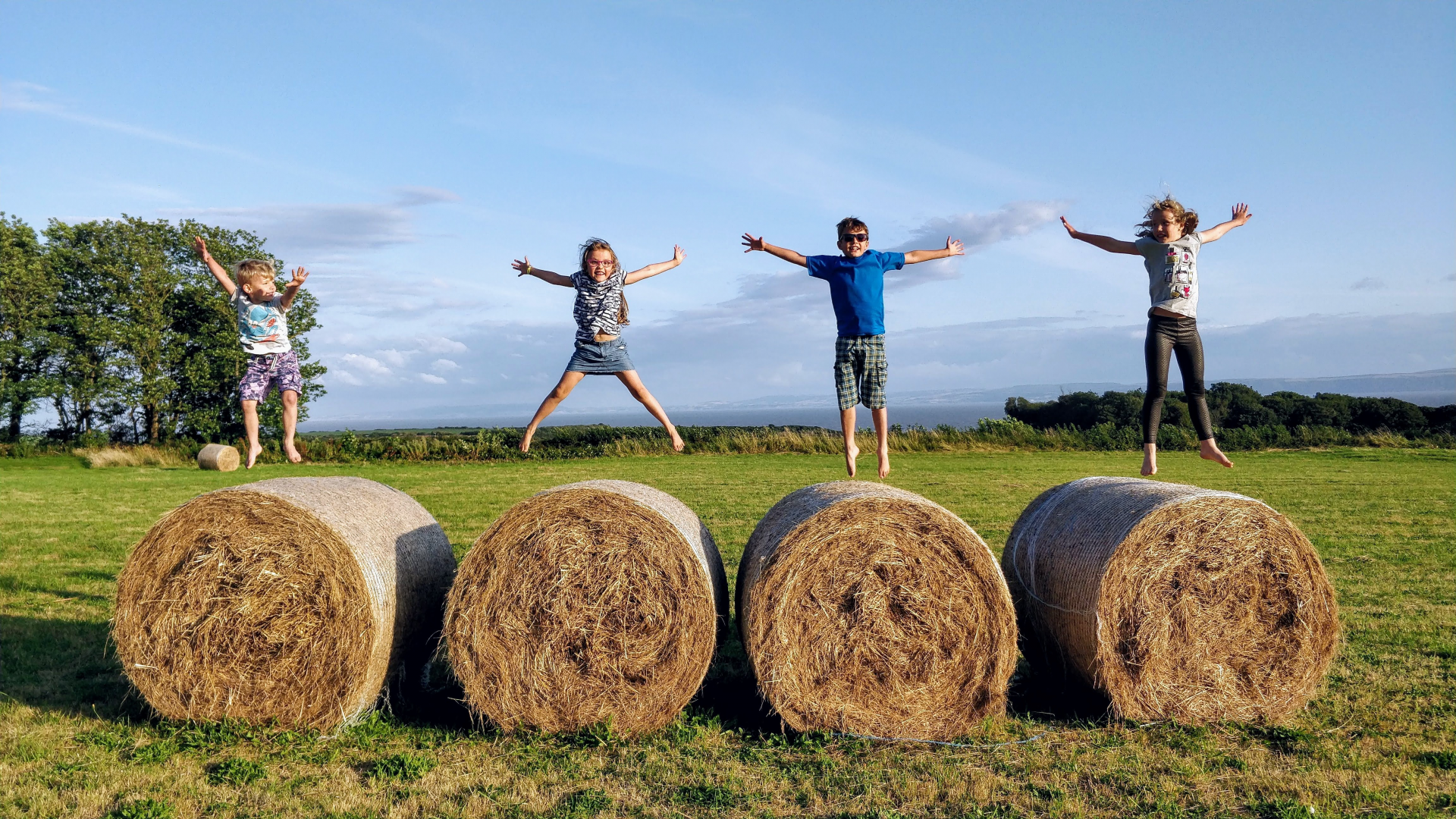
Obviously, I am kidding. Three years ago, at this time, a handful of people decided to formalise a path we had walked on before. At that point, we had come to the conclusion that the school was not synonymous with education and, besides obligations, we also had rights regarding the education of our own children.
We thought that a school that presented over 40 per cent functionally illiteracy rate should not be compulsory. We thought that we, as parents, had the constitutional right to choose the appropriate form of education for our children. We then embarked on a journey without having a “know-how”, but supported by the only accreditation agency of international schools and located in the UK. For them, too, it was (and still is) a new experience. We all escaped the material and legal walls and took on new and tempestuous adventures.
What we have called non-formal evaluations are those dialogues/interviews that take place in all international schools between children/parents and the inspector several times a year. Inspector/teacher Mark Evans probed the quality of the educational process by surveying a representative sample of children and parents. Moreover, through these non-formal assessments, the children and their parents were able to relax. They understood the “atmosphere” of the whole process and gained enough confidence to go on an unbeaten path. Some children cannot wait for the interviews (which are set up 3 times per year – at the beginning of the school year, in February, and at the end of the school year).
For those who wished, formal assessments were set up – the standard tests in English, math and science. Based on those tests, children received assessment reports of several pages, as a kind of “diagnosis” of their learning level. These reports are not “transcripts” but rather descriptions of the cognitive characteristics of the children who took the tests, acknowledgements of intelligent approaches to problems, suggestions for solving and completing any “shortcomings”.
However, one of our goals is to reduce the number of these formal assessments, with grades and scores, and estimate a person’s ability and talent by what he knows how to do.
In our wildest dreams, children come to present full-fledged projects and describe them in details. At any prestigious institution, either company or university, a young person with a representative portfolio, with good cognitive, communication and adaptive skills is preferred to an individual who passed 100 exams with a maximum score.
At the moment, the usual path for a British international school is through the Cambridge exams on various disciplines. As I explained before, admission to any university in the world is guaranteed by at least three A-levels tests (usually specified by the faculty you want to attend). register) or the SAT. In Romania, two A-levels or the SAT test are equivalent to the baccalaureate; the file is submitted to the faculty, the faculty sends the file to CNRED, and CNRED certify the equivalency.
For the time being, Romanian faculties do not indicate a specific type of entrance exam. They can be any two A-levels tests. Nobody asks you for the transcripts. The grades received during the school years are just numbers that often do not reflect the child’s abilities, a fact acknowledged by many within educational systems. Assessment reports, on the other hand, help in tracking the children’s progress.
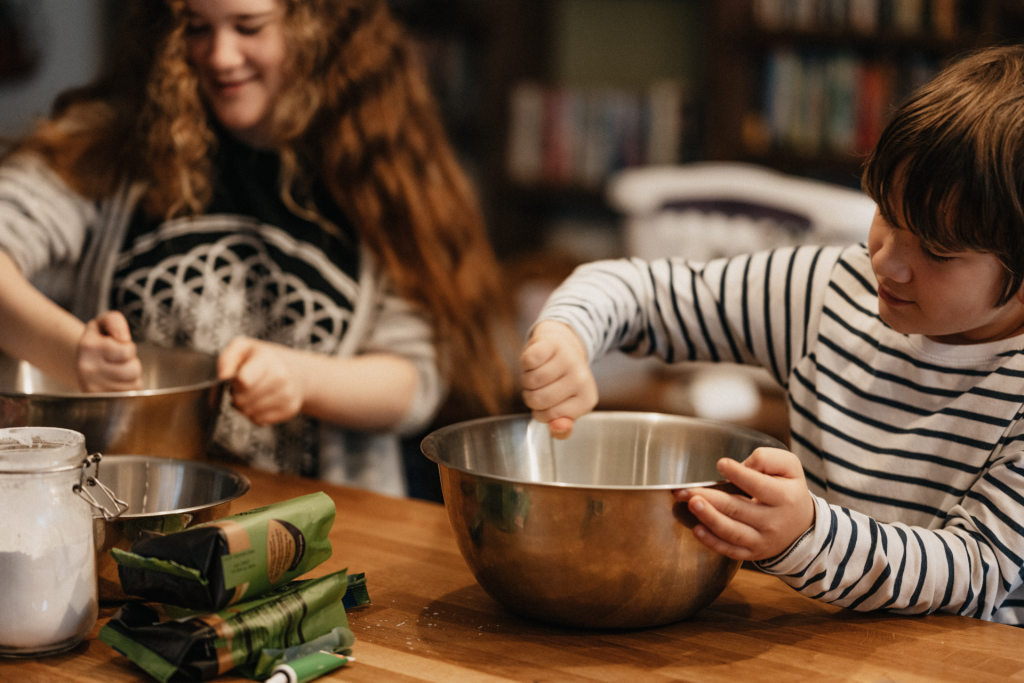
This year we have received lots of applications from families who are going to return to the system. We did not refuse them, as the safety of the children and families is fundamental. One of the decisions recently made in our discussions with the accreditation agency was to issue annual Certificates of Completion and assessment reports. They will be filled after standard testing, done by Filbrit, or an evaluation of the child’s portfolio, done by Cerehard.
We know that many of you have long been waiting for these “papers”, but deciding on their format took us time. Upon returning to the system, the children will present these assessment reports (NOT transcripts) and give the so-called “differences”, the tests corresponding to disciplines in the Romanian curriculum.
If Romania met the EQF (European Qualification Framework) standards, something that is pending for about 10 years, there would be no more “differences” and equivalency exams.
I remind you why Filbrit does the assessments: they have the necessary staff and time. In the following years, we are going to train our trainers as evaluators within the British system.
I return to the key question of “now what?” which parents frequently ask themselves after enrolling in Cerehard.
The first answer is to “relax and enjoy this time that has been given to you as a gift”. Then, consult the options of public courses, test Khan Academy, IXL, edX, Coursera and other educational platforms and online courses. In brief, step off the beaten path!
Look around for other Cerehard members and together do things that would otherwise have been impossible to even think of. Treat your children the way you wanted to be treated by your parents. Restore the family ties, play and learn with your children. You will discover that they know much more than you do.
Good luck in the new school year!
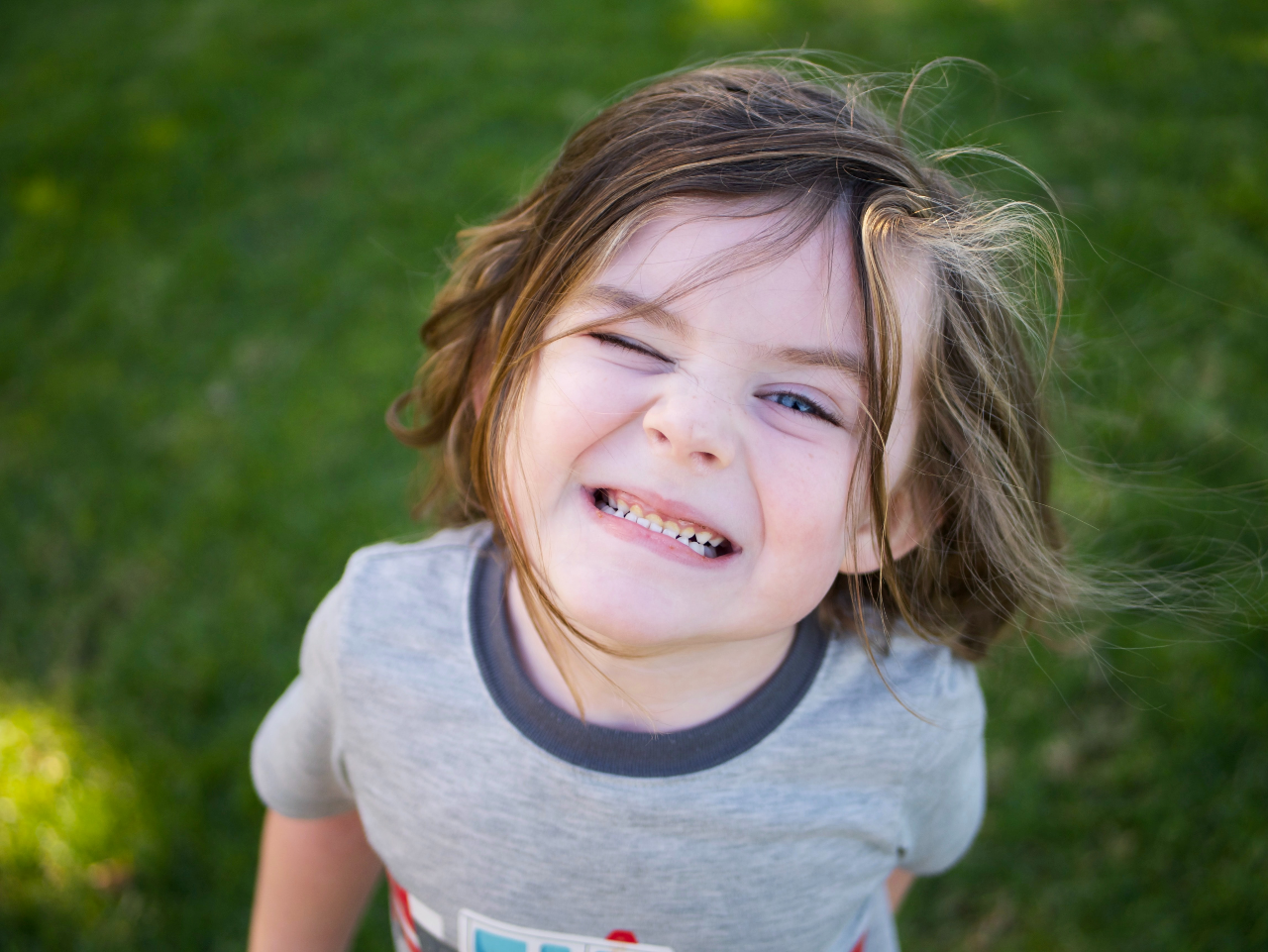
Although it seems an elitist concept, addressing only those who “can afford it”, EOTAS = Education Otherwise Than At School, has become an accessible alternative for a growing number of parents, especially those who work from home.
It seems that more and more people are choosing this option, not only because it allows them to be closer to their children, but also because it contributes directly and reciprocally to the growth and development of both children and parents.
There are many cases where a parent has the necessary skills and the willingness to become the mentor of his/her own child. Many small communities where parents take turns on various subjects have developed. Parents help each other out and contribute to the education of the children within their communities.
Comparing the expenditures on meditations in the public system with those in EOTAS, the advantage is clearly towards the latter. Not only the costs are smaller overall, but they are also invested in a healthy educational process, with a recognized purpose anywhere in the world – Cambridge IGCSE and AS / A certificates are valid everywhere.
Children can take Cambridge exams (IGCSE, AS / A) or SAT & GED to access higher education institutions. The recommended tests depend on the requirements of each faculty. Those who want to enrol in Romanian universities proceed like any student from abroad who requests the equivalence of studies. Two A-levels tests or SAT + GED test are equivalent to the Romanian baccalaureate. The equivalency details can be found on the CNRED website.
For both those who opt for holistic education and those who want education according to classical standards, Cluj Study Center offers training to take the IGCSE, A / AS tests. The latter are useful for enrolling in the most prestigious universities around the world.
These tests are not mandatory, though. Many universities are currently admitting students educated outside the industrial type school based only on an interview and the candidate’s portfolio.
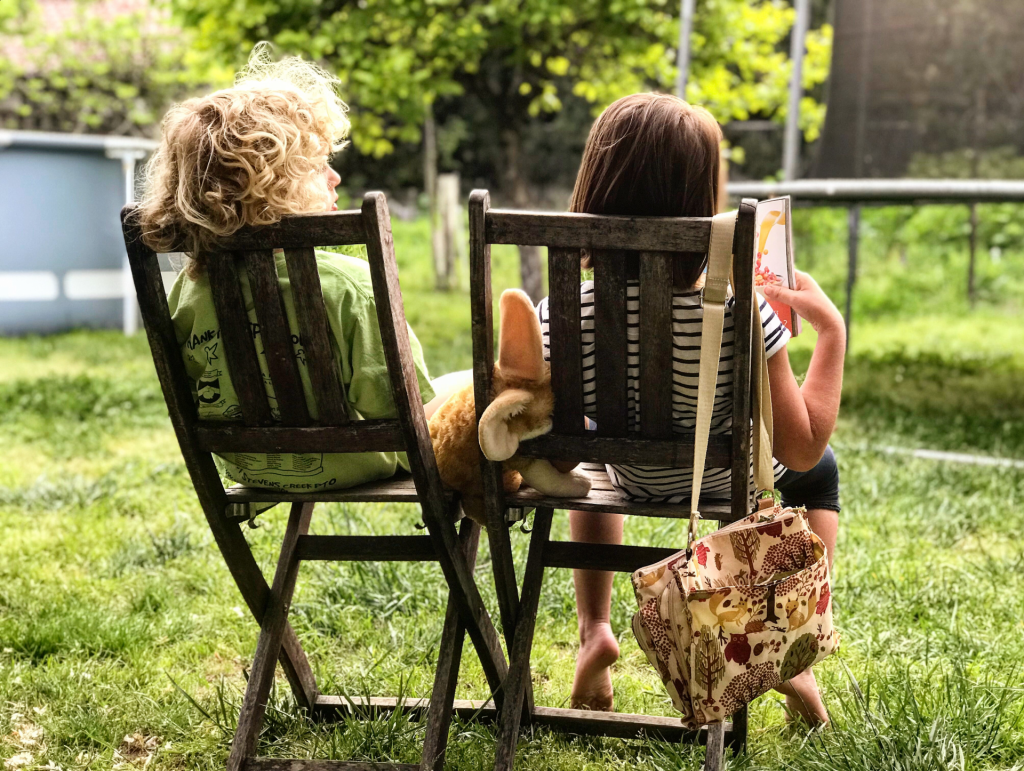
For all these routes, the landmark is the UK curriculum, and parents and children are supported by educational platforms in several curricular areas.
The British system is based not on classes but on age levels.
There are no exam-failing students or dropouts. In a same-age group, we can meet children with very different levels, and we address each one individually, based on the child’s interests and availability.
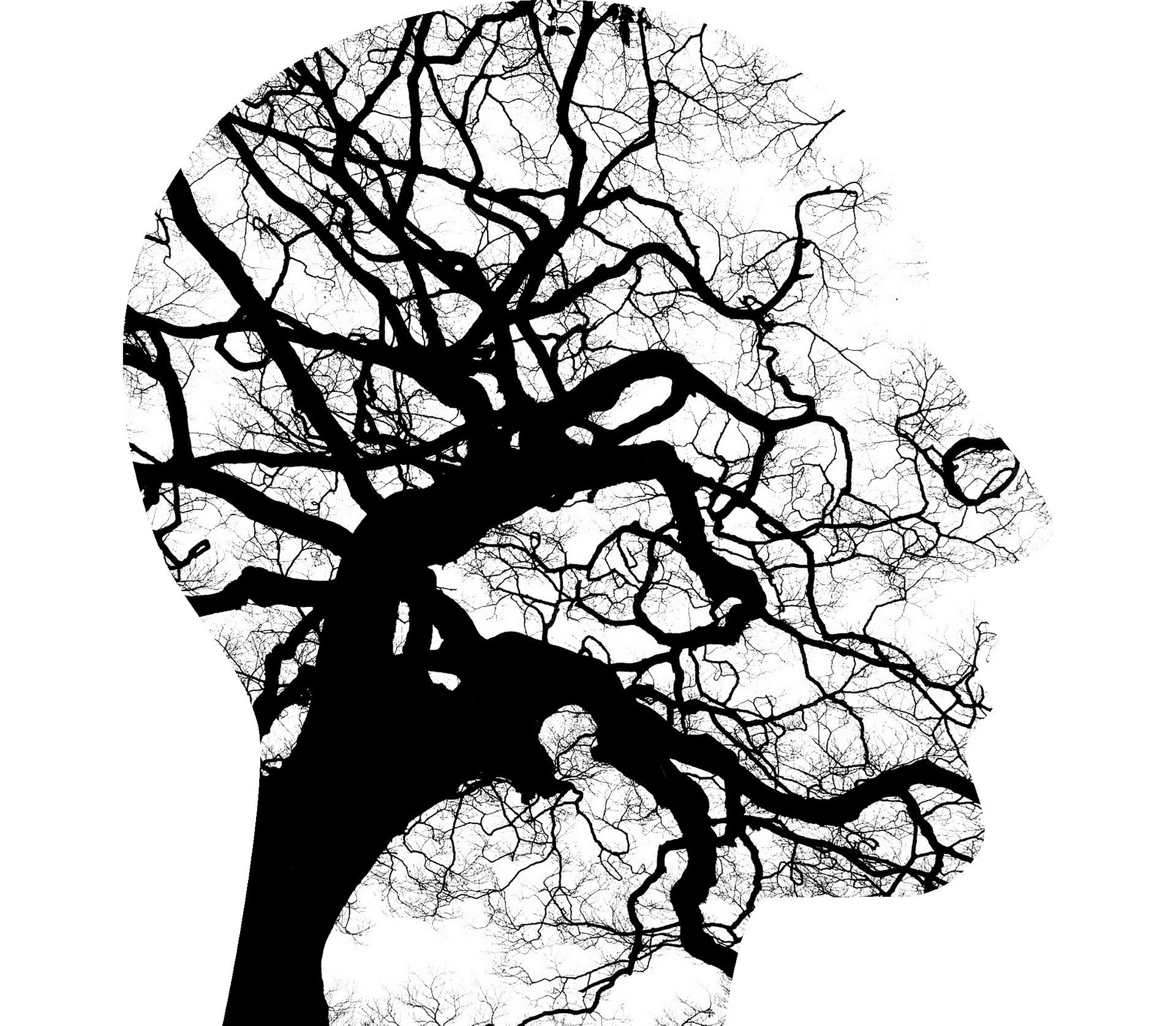
Through Re-Design and CEREHARD we promote the holistic education concept that stimulates the most complex and complete development. We want to return to the essences, to the authentic. In the Greek language, “skhole” is a term that refers to the free time spent in philosophical discussions.
Starting from this concept, that we have updated to current spiritual parameters, holistic education proposes:
…Because DESIGN is a “living” word, in constant change and adaptation. In our view, it means intelligently solving any problem.
Re-Design and CEREHARD offer you personal re-configuration, starting from the data you already have. Stop, take a deep breath, activate all your senses (more than 20 discovered so far, not just the five ones learned in school) to detect the stimuli inside and outside you. Get out of the old patterns and try another option – the smartest, optimal solution, which consumes minimal resources.
Reset yourself so that your life flows in harmony with the planet you were born on, with the universe you belong to.
…Because the human being is born with all kinds of abilities, and the environment and education contribute to the selection and development of particular talents.
We often hear, we even say: “I’m not good at math/drawing/physics/music” etc. The cause of this more or less unshakable belief is, most of the time, the Cartesian type of education, on separate disciplines, which has become the “classic” model of mental setting in modern society.
The renunciation of dichotomies of art/science, rational/spiritual, human/real will allow the manifestation of all the capacities of the human being as a whole (in English, whole, hence the term holism) by removing the barriers that classical education systems and society, in general, have built.
…Because the current educational theory and practice do NOT properly consider the anatomical and physiological substratum of cognitive processes. It is necessary to understand the results of neuroscience research to understand the substratum of cognitive processes.
There is a need to configure learning environments and resources for education outside school (EOTAS = education otherwise than at school) because children can learn by themselves, needing only support and encouragement.
Neuroimaging has confirmed that the brain of an adolescent or a child processes information differently compared to the brain of an adult. In adults, the data is processed in the frontal cortex, the newest evolving area, and in adolescents and children – in the limbic system (“primitive” area), located deep in the brain, and where instinctive reactions are born – anger and fear.
Maturation coincides with the formation of closer cortical connections. The instinctive reactions generated in the amygdala nuclei are regulated in the frontal cortex, where organisation, reason, and morality reside. An active frontal cortex is a sign of emotional maturity and intelligence.
The amygdala nuclei in the limbic system are connected to the prefrontal lobes of the brain through specialised circuits, thus building the neurological mechanisms of emotional life. Every emotion is “processed” in specific areas of the brain. These areas are linked directly to the limbic system, which allows the formation of the register of emotional memory.
The emotional memory, stored in the hippocampus, is also under the influence of the neuroendocrine system. The positive reactions of the prefrontal neocortex are slower. In children, emotional reactions can be trained through programs to know the “positive” and “negative” states.
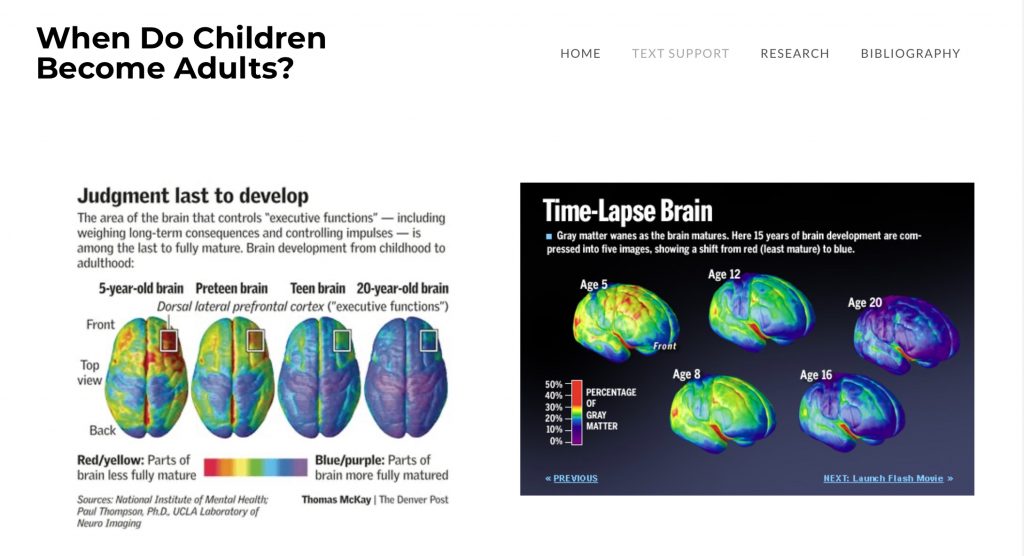
…Because we are in the stage in which the saying “know thyself and thou shalt know the whole Universe” can be reconsidered in the light of current knowledge. Daniel Goleman, the author of Emotional Intelligence, states that “we have two brains, two minds, and two different kinds of intelligence: rational and emotional.”
We suggest that it is necessary to overcome this stage, as well, by sublimating the rational/emotional dichotomies into a much deeper understanding. We need to connect our feelings and experiences within a complete and complex process of awareness, comprising all aspects of existence.
The primary way to get to know yourself is through education.
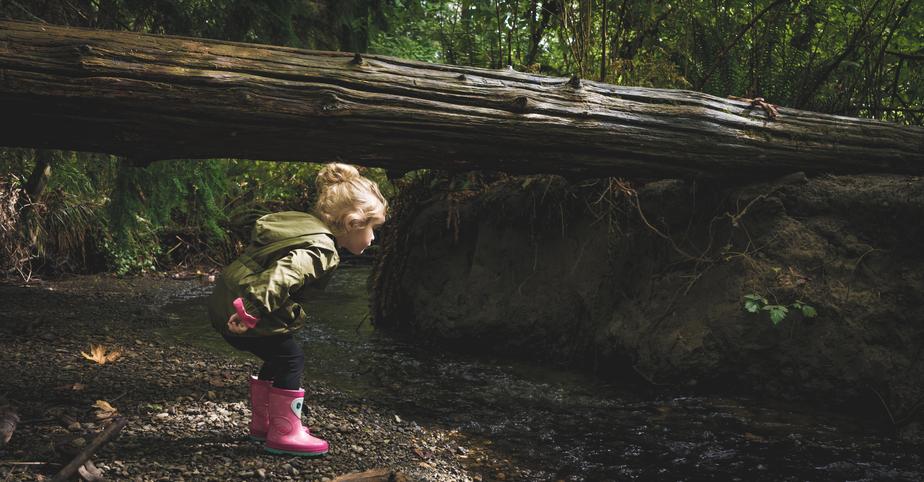
The term “holistic” comes from the Greek word “holos” meaning whole. This “whole” is something more and something different than the sum of its parts, just like the human body is something more and something different than just the sum of its organs. That is because of the interactions among the latter.
You examine a tree from afar and say: it is tall, it is green, it has roots, stem, leaves. The sun casts the tree’s shadow on the ground. That shadow increases and decreases depending on the time of day, as well as on the tree’s height that also changes over time. If you approach it, you see his details much clearer. You know it is a living being doing everything that a living being is supposed to do – feels, breathes, feeds, grows, excretes, reproduces.
All functions are correlated. You cannot completely isolate them from each other, and they cannot be performed separately. Holism consists in finding correlations and realising that we humans are also part of a whole that, fortunately, can function in our absence.
We are interpretations and reinterpretations of the same “substance” that makes up the entire Universe. The ancient Greeks’ need for categorisation created the 2500 years old model of body, soul and spirit, of which we are so fond that we can not relinquish it. It is present in all religions. So is the story of the two halves seeking each other all their lives, a story put together around the same time. In fact, no one can explain the phenomenon called “life”, or the “psyche/anima”, as the ancients called it.
For the last century, we have kept trying to corroborate everything that we have learned and inherited over the last thousand years with the novelty of scientific discoveries.
We read and retrieve information from a multitude of sources. When we use our intelligence and discernment to corroborate that information, we attain knowledge. Both news and fake news are equally useful. They both challenge and assess our ability to discern the information. After all, our survival as a species depends on the clarity and the speed used to make decisions. In other words, on adaptability.
Holistic education is done through interdisciplinary projects. An example of such a project is (learning about) photosynthesis. It involves notions of physics (waves, optics, quantum theory), chemistry (inorganic and organic), molecular biology and mathematics (surfaces, equilibria, mathematical analysis). We start by studying the phenomenon as a whole, and then we gradually pursue each of its aspects while the level of understanding and internalisation increases.
Anything that arouses a child’s curiosity can become a project: why the light bulb lights up when pressing a button, where old cars go, why does one have to eat or sleep, what do animals think about us (beyond anthropomorphising stories). Any mind-consuming question is a starting point of an expedition.
In 2013, I started an EEG study to show that those educated holistically, on projects, developed complex and lasting connections between brain areas, which is the basis of healthy brain maturation.
Below, you can find a similar project designed by Stanford University, a valuable confirmation of the idea from which we started.